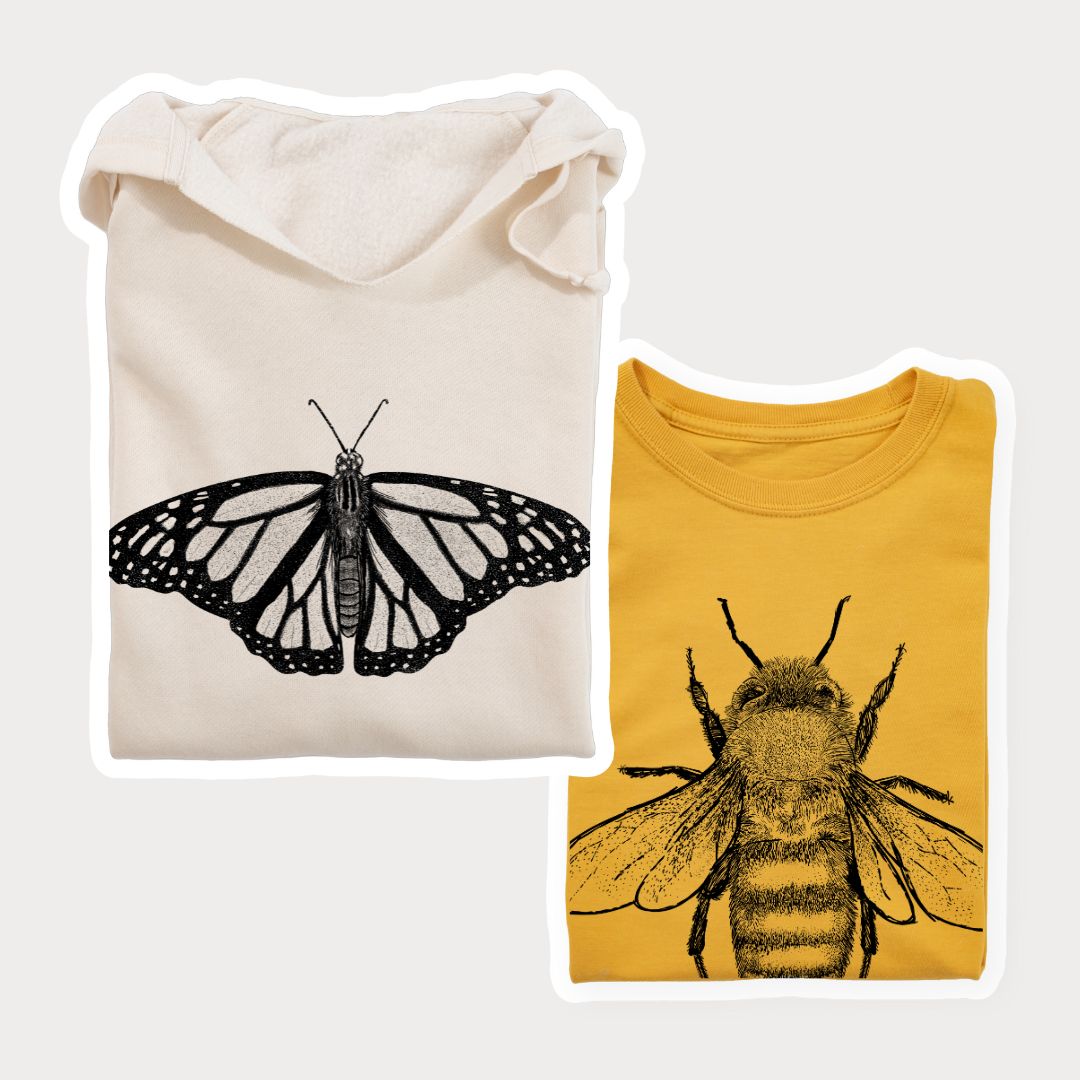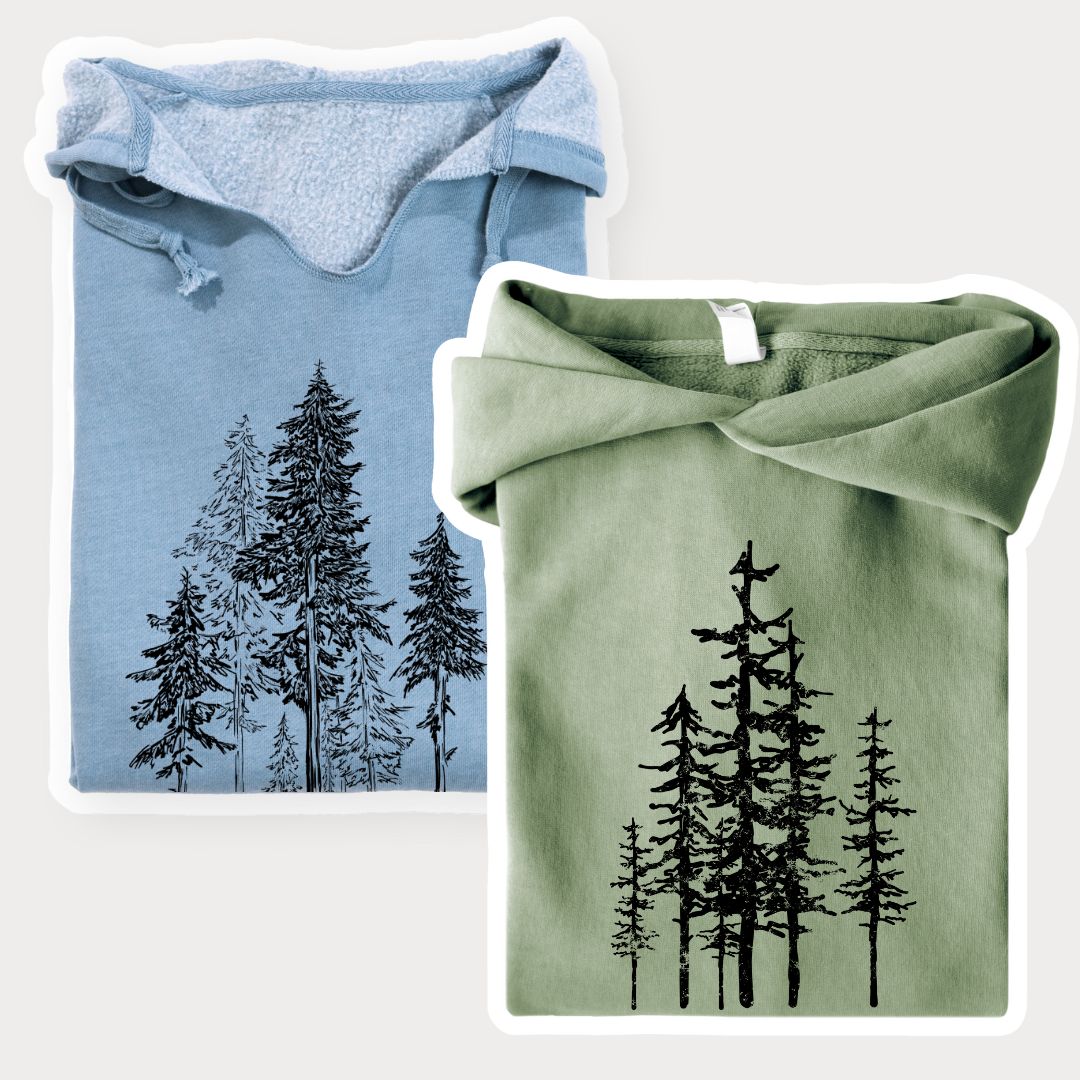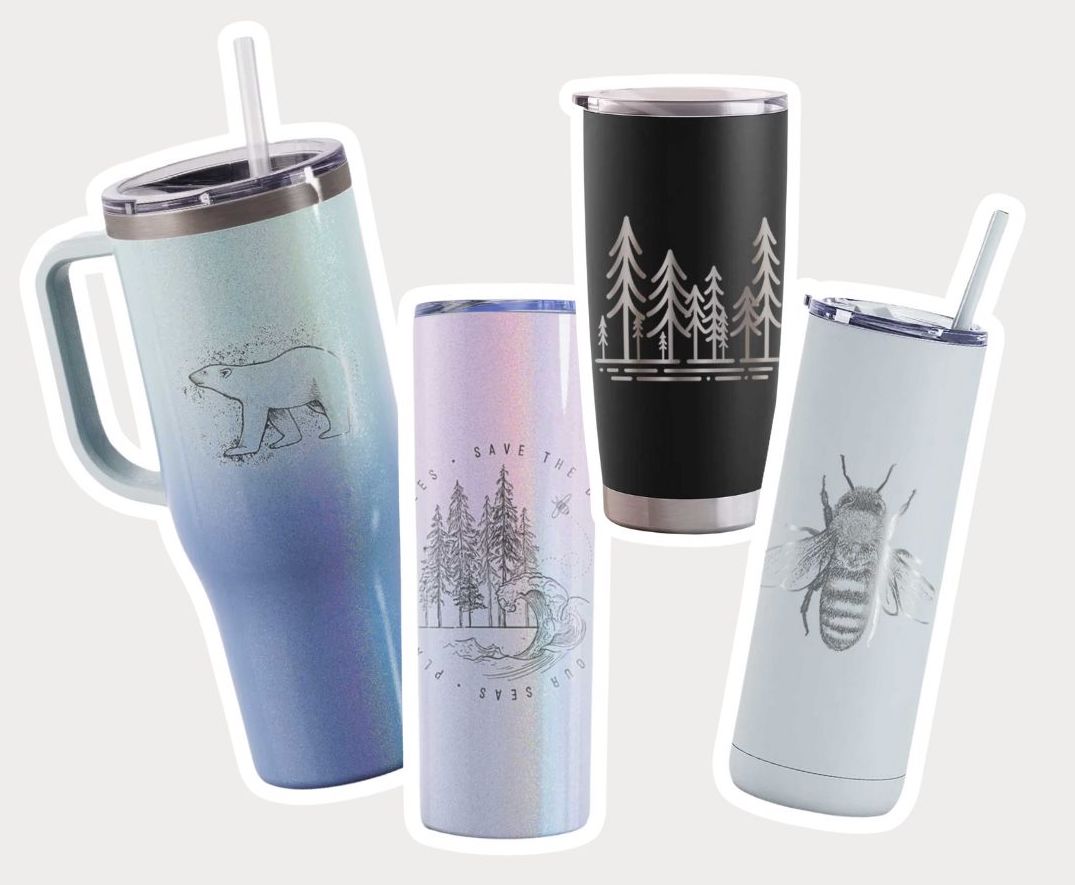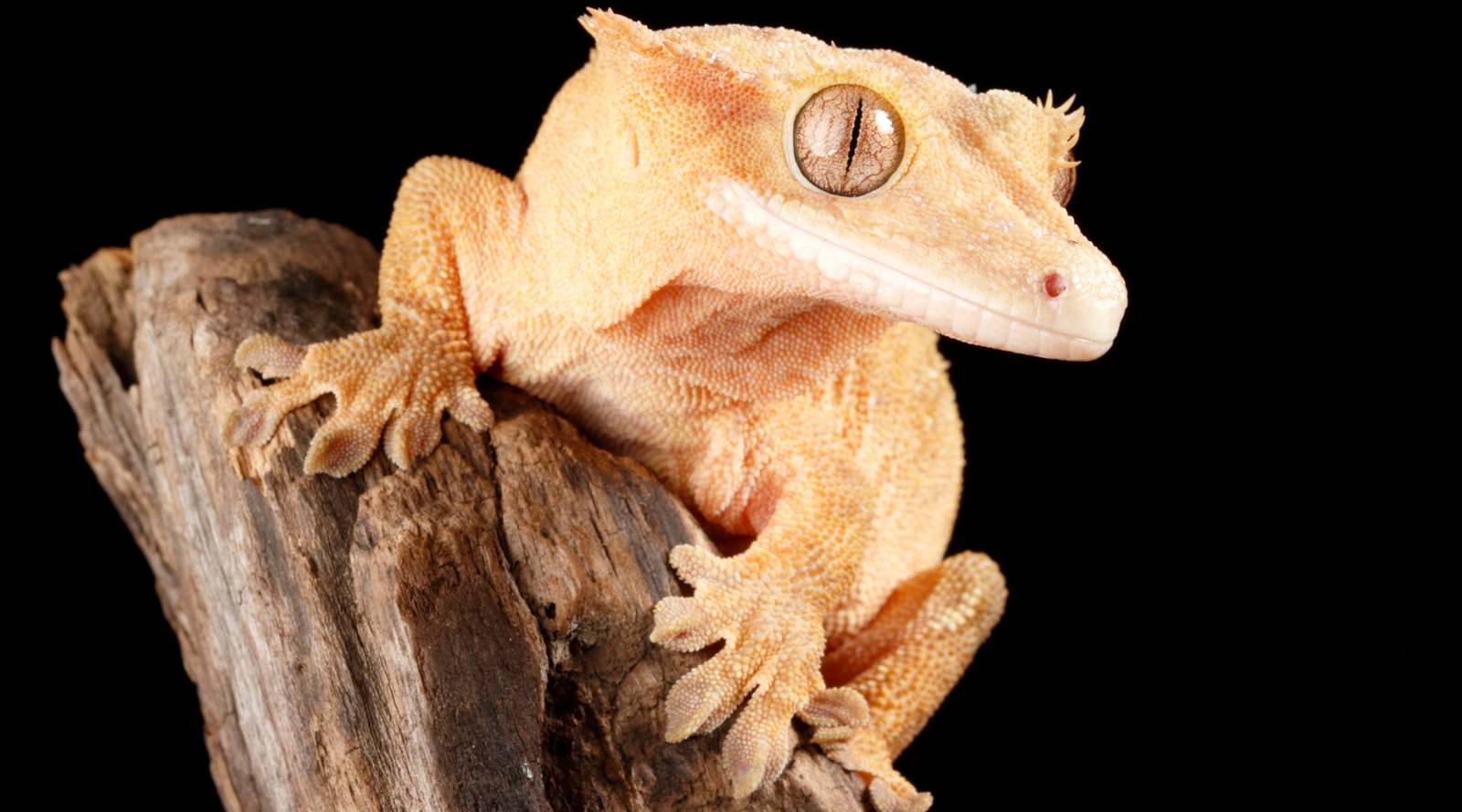10 Important California Native Plants
Native plants are important to consider in any area because they contribute to the sustainability of pollinators, wildlife, and other critical ecosystem components. No matter what region you live in, you should know the native plants for your local area and strive to grow them for overall environmental well-being.
If you live in California, there are many different California native plants that you can consider for your landscape. Here are some of the things that you should know about these plants.

Bee-Friendly California Native Plants
If you want to create a bee sanctuary to help protect pollinators, you’ll need to consider some of the bee-friendly native plants to do that. There are many different plants that you can grow that attract bees and encourage pollinator survival.
California Lilacs — California lilacs are a popular, beautiful flowering plant that’s native to the state. The Ray Hartman lilac is one of the best for bee preservation. It grows as a shrub that’s easily trained, tolerates California summers well, and flowers in March to provide early pollen access for emerging bees.
California Poppy — If you want a vibrant yellow flower that will provide sweat bees with pollen to distribute, the California poppy is a great choice. You can even get this annual to return next year if you maintain the root system or allow it to seed at the end of the season.
Catmint — A perennial that’s tougher than its delicate appearance would have you believe, catmint is a popular choice when you’re looking for California native plants to protect pollinators and help them thrive. This perennial blooms in early spring and stays through most of the summer, which ensures plenty of pollen and nectar for the bees. You can cut it back regularly to maintain its shape and encourage flowering.
Goldenrod — Although there are many flowering plants for the pollinators in the spring and early summer seasons, few continue to provide pollen and nectar into fall. Goldenrod is a great solution to that problem because it blooms later in the summer and lasts into fall.
Sage — Russian and Germander sage both provide solutions for pollinator protection, though Germander sage is the ideal solution for late blooms. You will get flowers early in the season with both, but Germander sage also provides a second flowering in the fall months to ensure adequate pollen access leading up to winter.

Food-Producing California Native Plants
Not only are there native plants in California that are great for pollinators and bee preservation, but there are also native plants that are intended for food sources. When you are looking at native solutions for expanding your food access, consider these plants.
Prickly Pear — Prickly pear has made a name for itself in many ways throughout not only Mexico but southern California as well. As a member of the cactus family, you can peel and slice the pads of this plant and cook them, or you can juice it and either drink or use the juice in various different ways.
Chia Seed — Although the chia plant that’s native to California is slightly different from what commercial chia seeds are harvested from, the plant is in the same family and closely related. In fact, these chia seeds can be used in the same ways as commercially available varieties.
Wild Cherry — Wild cherry grows on an evergreen throughout California and can be used in many forms. Most frequently, wild cherry is harvested to serve with meats in either a mashed or dried form. Just steer clear of the pits. Like many stone fruit pits, they contain cyanide. Focus on the flesh of the cherry for the flavor and nutritional benefits of this local plant.
White Sage — Sage is a staple of the Native American culture, and the white sage that is native to California is no exception. These California native plants can be found growing wild throughout the state and can easily be planted and grown in your gardens or as part of your landscape. The leaves of white sage plants are touted in Native American circles for helping to treat stomach discomfort, sore throats and even anxiety or stress. Most commonly served in tea form, this plant is known for its calming properties as much as its healing benefit.
Buckwheat — Buckwheat has become far more readily available in commercial outlets over the last few decades, but California has always been home to varieties of this versatile, hearty grain. The buckwheat plant in California is a coastal variety, and there is very little left unused. The leaves of the plant can be used to make tea, while the seeds can be ground for flour or porridge. Buckwheat has a reputation for easing headaches and stomach discomfort as well.

Benefits of California Native Plants
Understanding some of the most common native plants in California is a start, but it’s also beneficial to understand why these plants matter. Native plants have evolved to thrive in the local environment, which means that they will not require as much tending and upkeep. Given California's drought conditions, this is important.
These native plants have become a critical part of the ecosystem, supporting wildlife, pollinators and others. Maintaining these native plants will help you protect the local and native species in the area. In addition, most native plants develop their own natural resistance to local pests, which means you can limit your use of pesticides as well.
The California Department of Fish and Wildlife includes many native plants on its list of protected plant species. Preserving endangered native plants can be a great way to contribute to environmental preservation.

Thomas Jarrand
Supporting California's Ecosystem
Whether you are trying to protect pollinators or just want to do your part for the environment, companies like BeCause Tees can be a beneficial resource. Not only does BeCause Tees contribute to various charities that help preserve the environment, but we also plant trees for every order. If you’re looking for ways to contribute to California’s ecosystem, preserve California native plants and show your support, check us out today.

Sources: https://www.audubon.org/content/why-native-plants-matterhttps://arboretum.ucdavis.edu/blog/support-california-native-bees-these-10-plants
https://www.kcet.org/shows/tending-the-wild/a-guide-to-some-indigenous-foods-of-californiahttps://www.fs.fed.us/wildflowers/plant-of-the-week/opuntia_basilaris.shtml
https://www.cnps.org/gardening/why-natives/benefits-of-california-native-plantshttps://wildlife.ca.gov/Conservation/Plants/Laws















Leave a comment (all fields required)